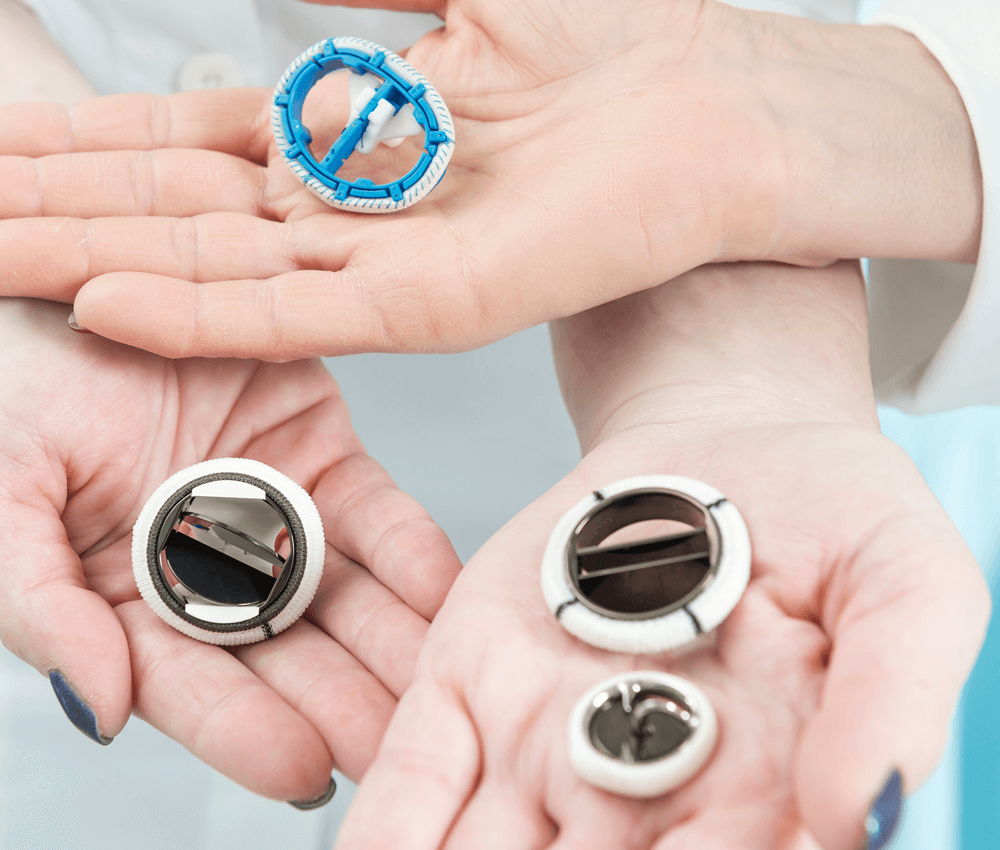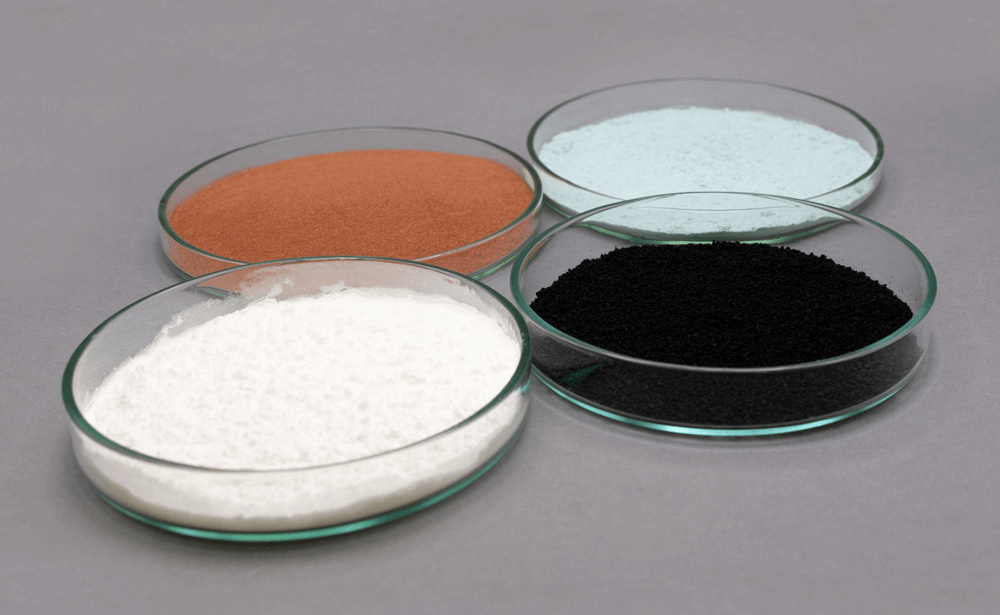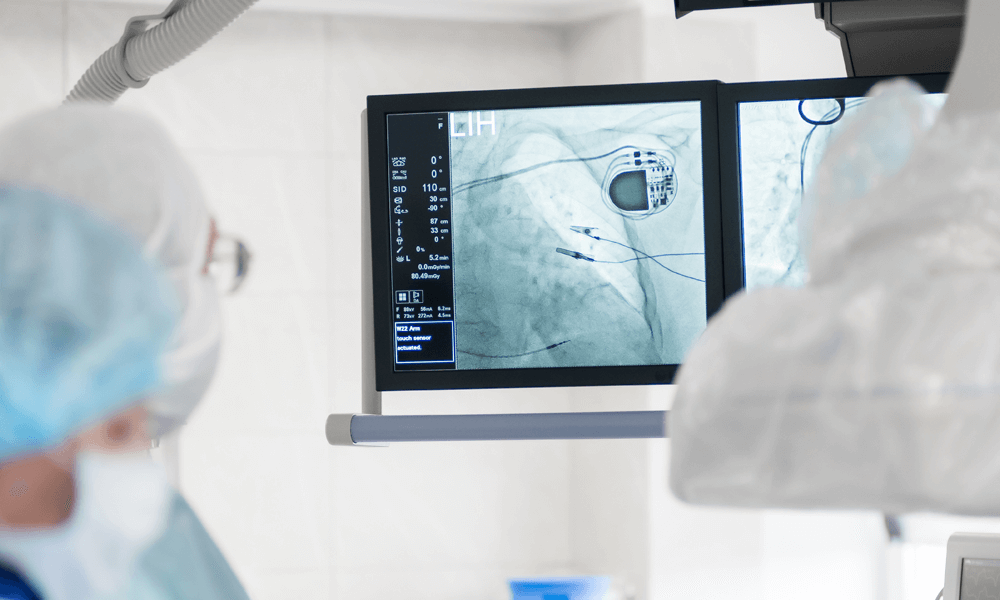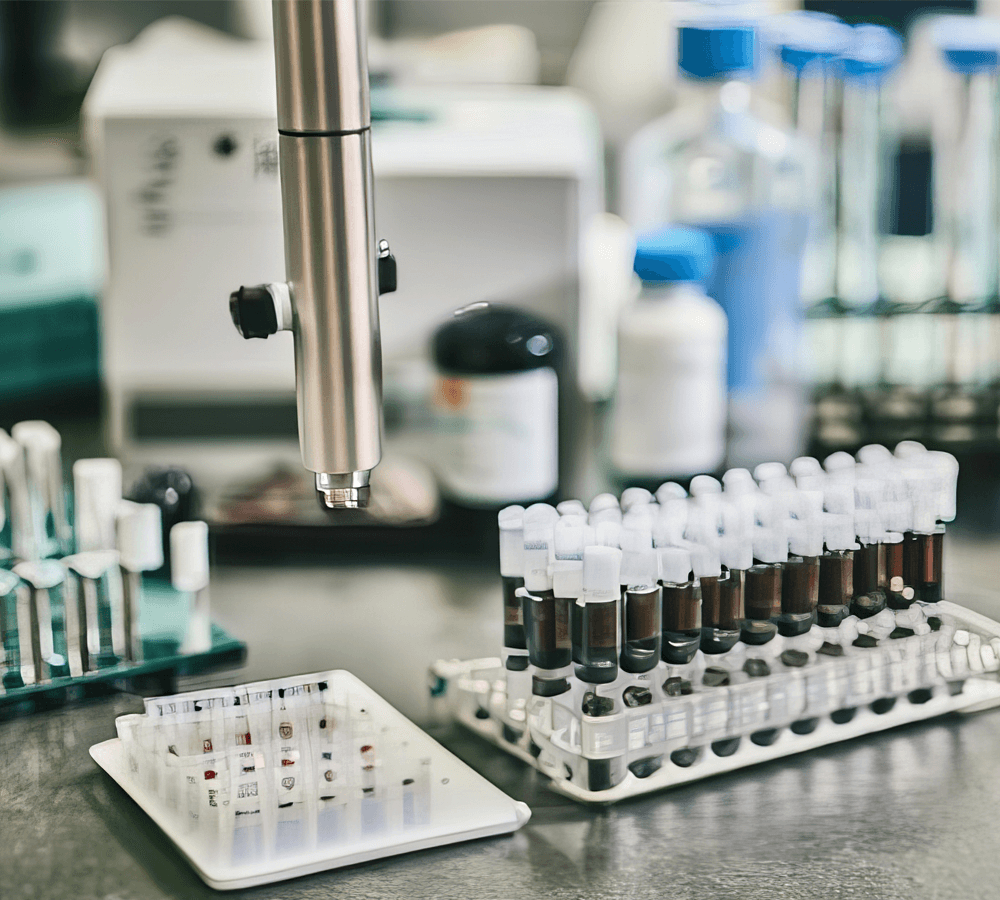Your Trusted Provider of Biomaterials: Metals, Ceramics, and Polymers
With breakthroughs in materials science, nanotechnology, biotechnology and artificial intelligence we see opportunities for personalized medicine, regenerative therapies, precision diagnostics and bioscience research and development.
At Goodfellow, having extensive experience of working with Lifesciences and Bioelectronics, we understand your need for high quality advanced materials. Whether you need lightweight aluminum alloys for joint replacements, specially prepared textiles for infection control, or scaffolds for tissue injuries and regeneration we offer over 170,000 products across metals, ceramics, and polymers to fit your needs, and provide product customization for your bespoke requirements.




Offering Exclusive Biomaterials: BioHastalex® and Graphene Oxide Derivates
We offer the BioHastalex® range of materials, which are a specially designed nanocomposite exclusive to Goodfellow and specifically designed for medical devices and surgical implants.
Why BioHastalex? While non-toxic and biocompatible it's also extremely strong and elastic. BioHastalex is an ideal material as a starting point for new device design and prototyping.
Our additional range of biomaterials include a series of graphene oxide derivates, across standard and functionalized forms, used in a number of different electronic applications. Specifically, its biocompatibility makes it ideal for integration into biosensors because its conductivity and biological inertness can be exploited.
As Goodfellow offers such high-purity levels, success with compliance standards is also improved.
Contact Goodfellow to find out how its highly advanced materials range can support your biomaterials and life sciences development and manufacture.
Our Product Range
At Goodfellow, we offer a comprehensive range of high-purity materials relevant for your applications, including:




Helping you Choose the Right Materials
Given the potential of biomaterials to address such a vast array of applications in the life sciences area, one of the biggest challenges in the sector is finding a way to bring new developments to market faster.
When developing new materials for biomaterials applications, factors including extractables and leachable testing, biocompatibility tests, and all of the more standard physical property tests that must be performed for any type of material are a huge consideration.
One way to accelerate regulatory approval and streamline testing is to adapt materials that have already received approval and where there is existing extensive safety data, they can be applied to the new development. Our expert team is here to help.
Ensuring Quality Control with Full Traceability
Quality control is critical for the life science and biomaterials sector.
Safety considerations and regulatory compliance mean biomaterials must pass rigorous testing and quality control processes. This rigor is essential to ensure patient safety, and means many materials have to exceed the specifications for the final application to allow a significant safety margin in performance.
The need for high-quality, reliable materials in the biomaterials sector means that suppliers must have very stringent manufacturing and control processes to meet these needs.
Goodfellow prides itself on achieving this level of care and attention to detail by providing full batch traceability on all the materials it supplies.


What's New







